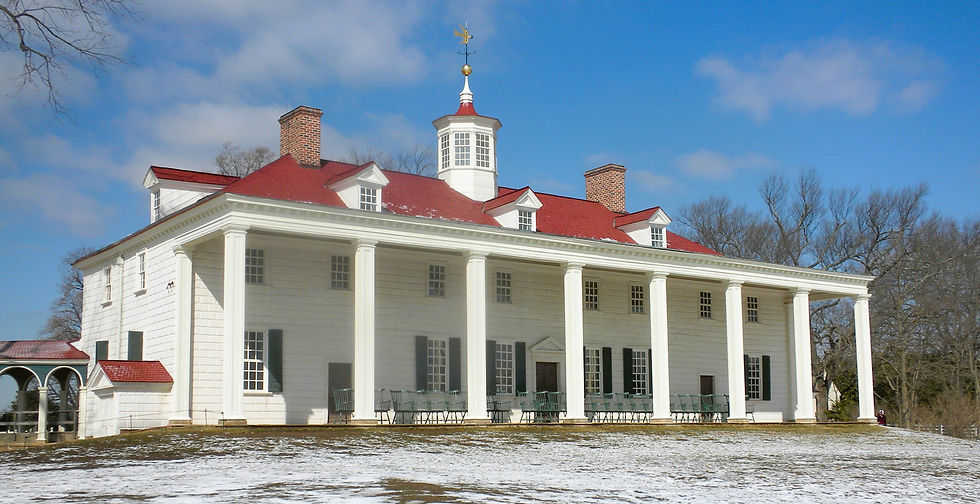Gratitude Friday 8-12-22 – Tobacco Recovery
- Bill Stauffer

- Aug 12, 2022
- 4 min read

Those who have known me all my life, know that I was a heavy tobacco user. I started smoking around age 14. Back then, there were vague statements that tobacco was bad for your health, discreetly placed on the packaging. Not specific warnings on the packages, those came in 1987. It happened when lawsuits started to gain traction against big tobacco. Truth be told, it would not have made a lot of difference if they had images of tobacco ravaged lungs on the front of each box. Like many addictive products, marketing materials are directed to young people and play on themes of virility and death. They work really hard to get kids to associate the use of the addictive product (in this case, tobacco) with being young, cool and having health to spare. Time teaches us a far different lesson.
Big Tobacco knows exactly what they are doing. Getting old or sick are not fully formed concepts to a young person. It may happen to other people, but not me. Young people feel invincible. This is how you get a lifelong customer, even if your customer has a shortened life as a result. To a kid like me, a warning on a package was more of a dare than a deterrent, but they know that, this is how they market all addictive products, they do so because it works.
We know that the brains of young people are not fully developed and cannot weigh out long term consequences in the same way a fully developed adult brain can. We also know that developing brains are far more susceptible to addiction. The companies that sell these products know this too. So if you are selling an addictive product, you want kids to start using it and you promote it as cool and sexy and something young people do. Selling addictive products to kids is how the money is made, this is how you capture market share. Every entity selling addictive products uses this playbook.
Tobacco use in my high school was prevalent. You either smoked Newport or Marlboros. Back when I started using tobacco the legal age to smoke was 16. That was the law in PA from 1972 to 1990, when it became age 18. At my High School, there was actually a smoking patio for us kids on the grounds. Students could smoke before school or between classes. What we were smoking may not have always been easy to determine by the seemingly incurious school staff. The 80s were different times indeed.
When I got into addiction recovery and ceased the other stuff I was doing, my tobacco use increased. Tobacco use is really prevalent in the recovery community. This is despite the fact that smokers in recovery from illicit drug use disorders are at greater risk of relapsing three years later compared with those who do not smoke cigarettes. When I got into the SUD workforce, my tobacco use increased even more. Almost every member of the staffs of the places I worked smoked. We did it in staff meetings and even in sessions with clients. Looking back, most of my mentors, the people who I looked up to were tobacco users and every one of them have died from tobacco related illness. Bill Wilson died of Emphysema related to his tobacco use. Tobacco is killing the recovery community, and we do not even talk about it.

My journey to tobacco recovery started when I met my wife. Neither she nor most of her friends and family were tobacco users. My “people places & things” had changed and tobacco use just seemed dirty, smelly and expensive. I was the odd man out and I became increasingly aware of how the painful lessons I had learned in my life about the consequences of unchecked addiction were also true about tobacco. The moment I decided to quit was a cold December evening. That night, I lit up on Julie’s fire escape, the very same one that the New Street Radish Miracle of February 1990 had occurred on. It was about 4 degrees out with a 20 mile an hour wind. It was miserable. My behavior was driven by addiction and offered no pleasure. I decided it was time for tobacco recovery. On December 31st, 1990 I stopped my three pack a day habit and entered into tobacco recovery. It was a convenient date, not a NYE resolution.
Tobacco recovery remains a taboo topic in the recovery community, and we really need to start talking about it. I am grateful to have included tobacco as a substance I am in recovery from, I want that for others too. I think that there are a lot of people in our community who if we provided more opportunities to talk about tobacco recovery and connected them to resources to help them find tobacco recovery, we could save a lot of lives. It is one of the things that I am working on through PRO-A, the statewide recovery community organization I am honored to lead.
I am 57 years old, and I can ride a bike and hike. None of this would be possible had I not gotten into tobacco recovery. I am grateful I am in my 31st year of tobacco recovery. It helped preserve my health and saved me a lot of money. I smoked 3 packs of cigarettes a day at the point I quit. It has been roughly 11,000 days since I stopped. At today’s prices here in PA of $9.54 a pack, that would be $314,820. I did not save this money, but I did spend it on other things than ruining my health. Like my new bike, an education, and a house. All things I am grateful for.
What are you grateful for today?











Comments